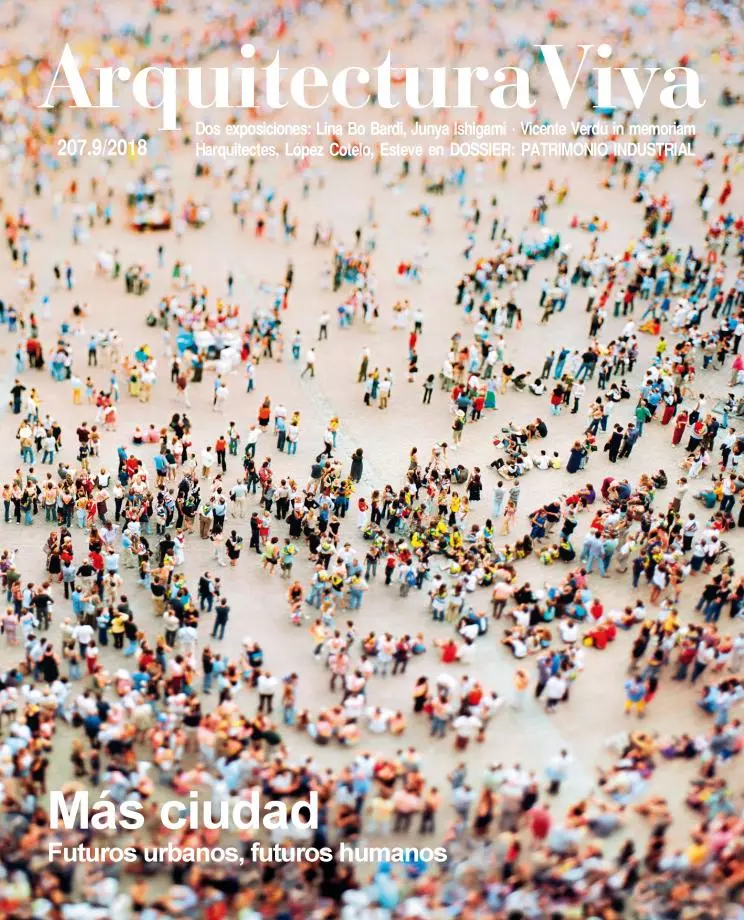
Beyond reviving classical Antiquity, the Renaissance bequeathed to the West the conviction that the city could be rethought and transformed, and the tool of architecture itself. The Baroque and the Enlightenment simply pursued the path paved by Brunelleschi, Alberti, and Bramante, though the 19th century was the period that would see the desire to regenerate cities through design bearing its greatest fruits: the Paris of Haussmann, the Barcelona of Cerdà, the Vienna of Wagner.
The tradition of bourgeois urban design was pushed aside by the CIAM’s tabula rasa, and it took time for the legacy of the bourgeois metropolis to be rediscovered thanks especially to the Aldo Rossi of The Architecture of the City, who led a retour à l’ordre.
Trained in Rome and Stuttgart but based for decades in Milan, the architect, historian, and professor Vittorio Magnago Lampugnani belongs to this tradition of urban design of humanistic roots, and since the 1980s he has unflinchingly sought to revive the vocabulary, syntax, and spirit of the European bourgeois city; a determination he has poured into rigorous academic works, but also into ambitious urban projects like the Novartis campus. Now, with the help of colleagues Harald R. Stühliner and Markus Tubbesing, he has come up with a compendium of the knowledge acquired in the course of these past years of firm commitment to the study of the city: two large thick volumes whose encyclopedic intentions are clear in their title: Atlas zum Städtebau (atlas of urban planning).
The objective could not be simpler: to describe the European bourgeois city through its streets and squares, the themes of the two tomes. The simplicity does not make the approach neutral; it connects more with the academic tradition of ‘elements of architecture’ than with the modern theses of planning based on economic, social, or demographic analyses. In presenting streets and squares as the city’s fundamental elements, Lampugnani is just upholding the idea of the metropolis as a catalog of pieces that the architect should know and use at all scales: from those of the urban fabric to those of furniture or even pavement tiles.
This conviction is reflected in the way the book presents the urban examples selected by the author, from ‘main squares’ like Madrid’s Plaza Mayor or Verona’s Piazza dei Signori to the large courtyards of Zurich’s Zentralhof, and from ‘main streets’ like Vienna’s Ring or Paris’s Rue de Rivoli to riverside walks like London’s Victoria Embankment. All these examples are explained in essays and illustrated at different scales by floor plans and sections beautifully redrawn for the purpose, besides splendid color photographs and abundant historical maps.
Written in German and quite expensive, the book won’t be widely circulated, but it’s definitely a reference for the nostalgic who continue to believe in the powers of urban design that the European Renaissance left us, but also for upholders of order and ‘beautiful form’ who wish to resist the deliquescent and economicist impetus of the Manhattanism of the globalized world.







